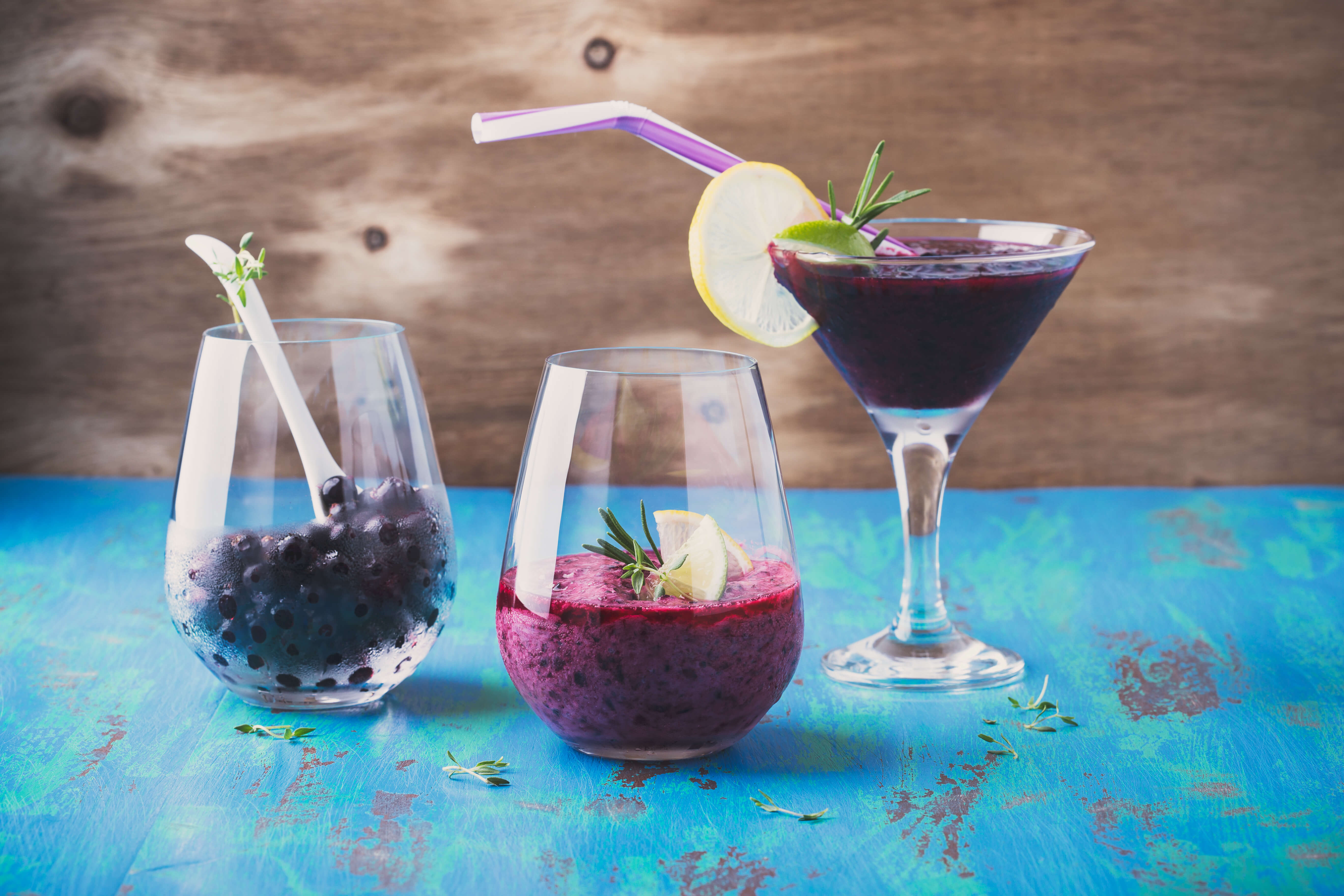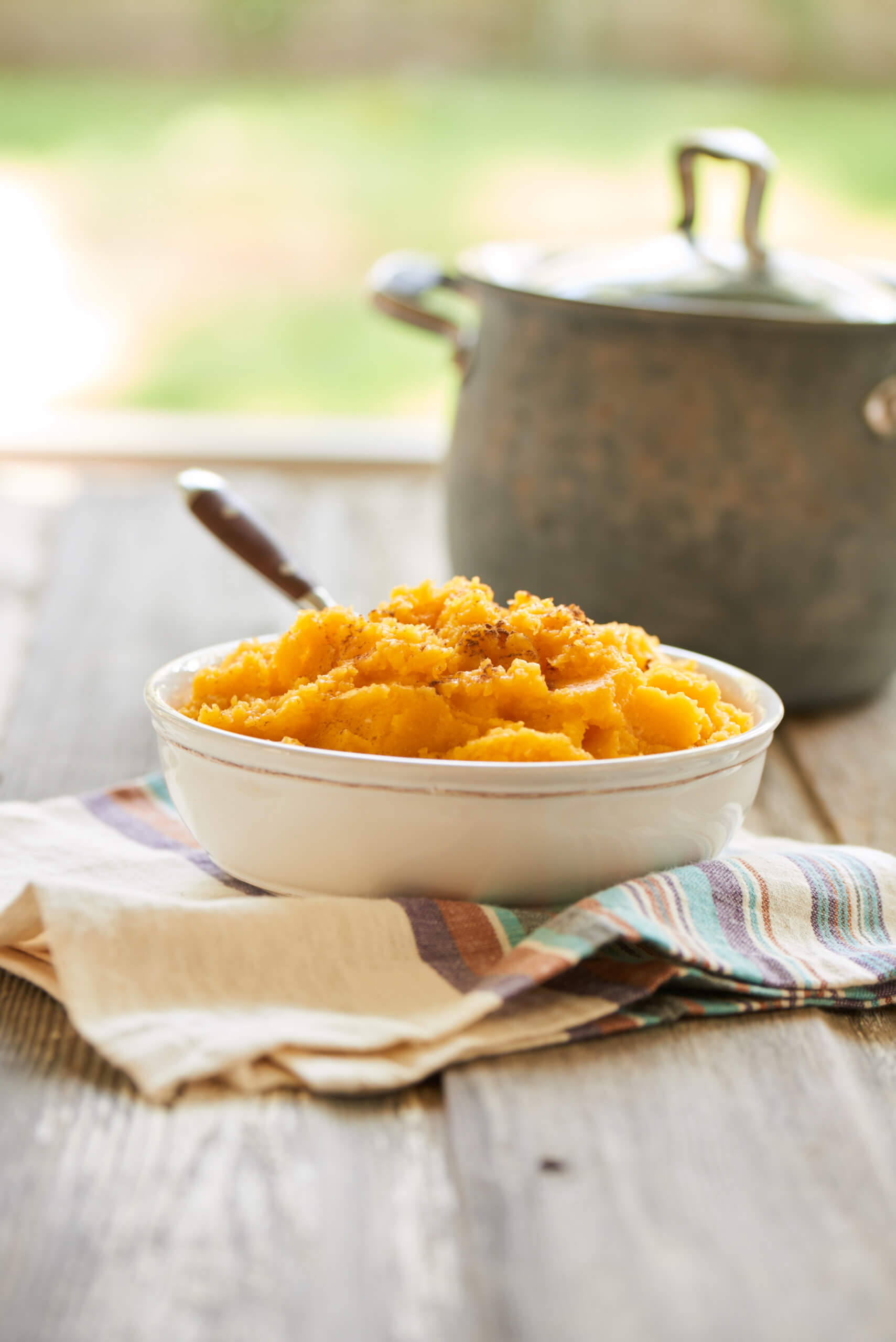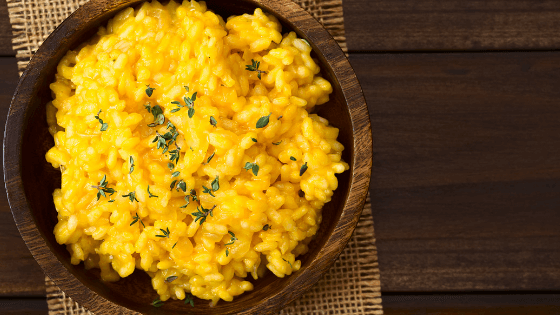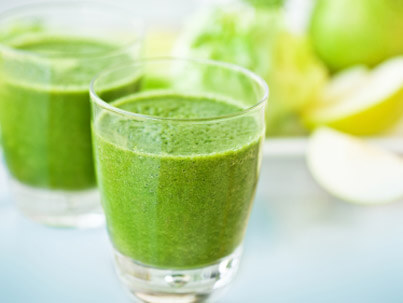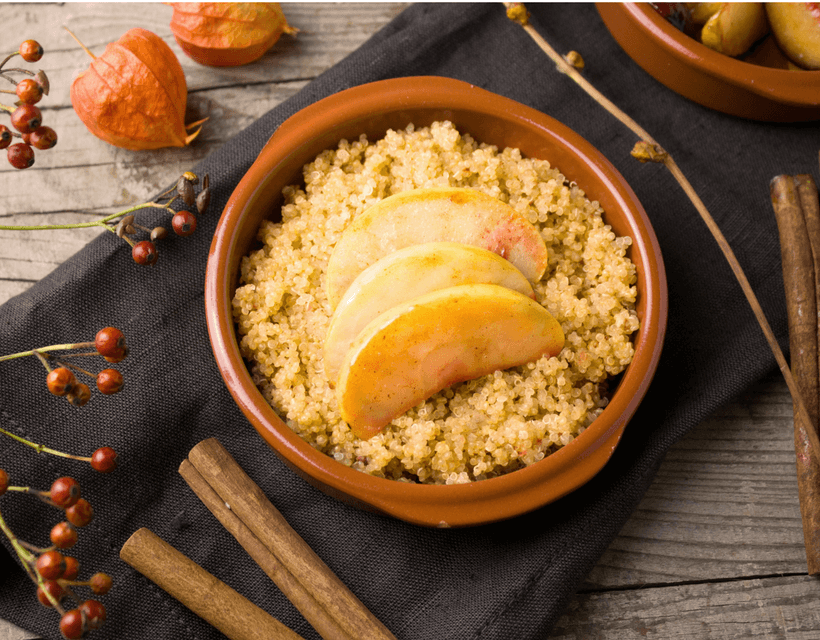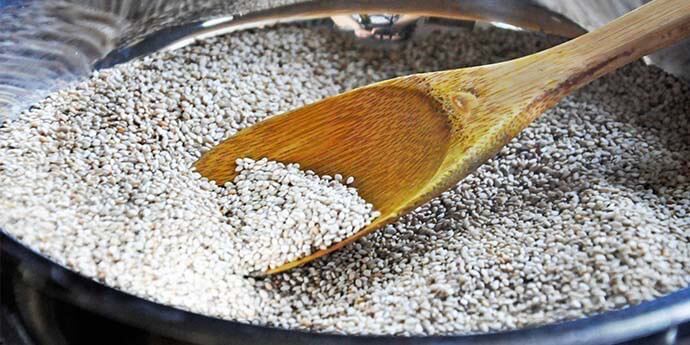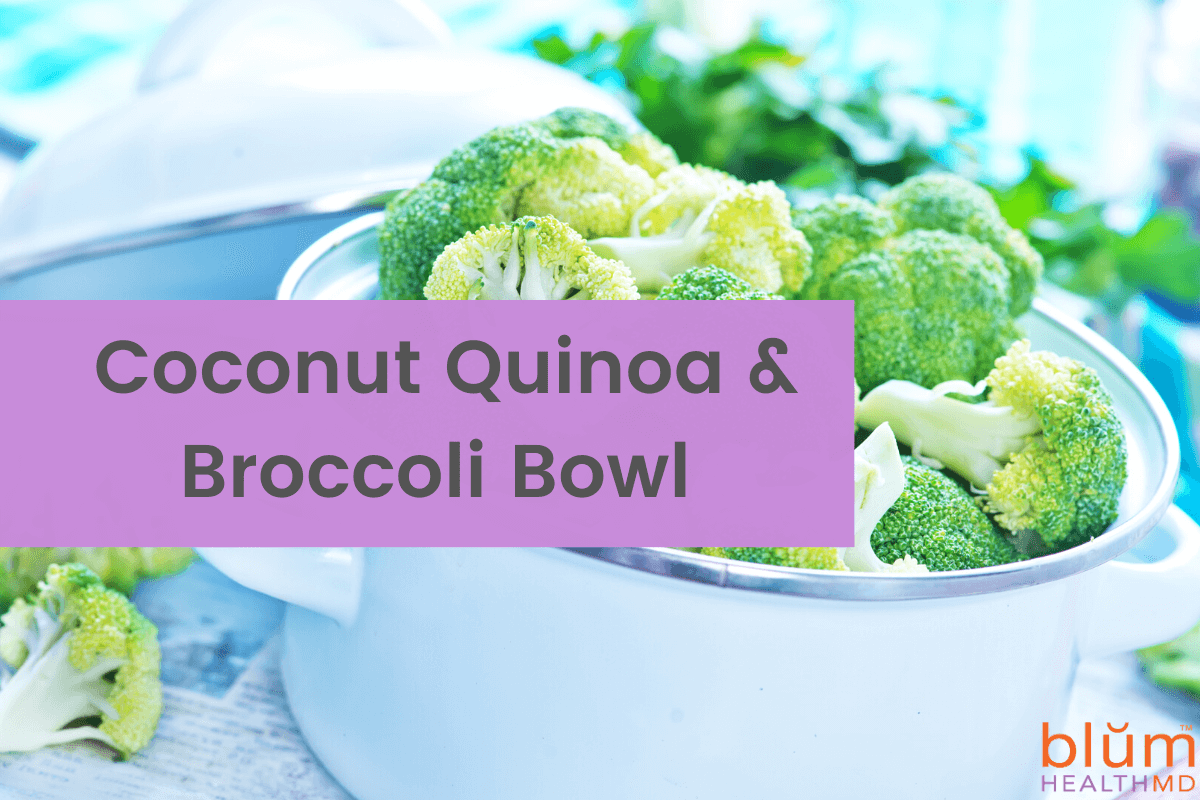
Here’s a wonderful recipe that will not only take the chill out of spring, but it also is good for your gut … which makes it good for your immune system.
Check out all these gut-loving, immune-boosting ingredients:
- Broccoli and snow peas — green vegetables are the source of a chemical signal that is important to a fully functioning immune system. They do this by ensuring that immune cells in the gut and the skin known as intra-epithelial lymphocytes (IELs) function properly.
- Coconut milk and flakes — Coconut contains lauric acid that is known for its antiseptic properties. It assists the body in fighting infections caused by bacteria, viruses, and fungi.
- Quinoa is a complete protein and is critical for immune function.
- Sesame seeds contain iron, zinc, vitamin B6, vitamin E, selenium and many more which support the functioning of the immune system.
- Ginger has powerful anti-bacterial, anti-viral and anti-inflammatory compounds that keep rhinoviruses from binding to cells in the mucus membranes.
Enjoy this easy-to-make crowd-pleaser!
Ingredients:
For the quinoa and broccoli bowl:
- 3/4 cup quinoa
- 1 1/2 cups full-fat coconut milk
- 1 pinch sea salt
- 1/2 head broccoli florets
- 1/2 cup snow peas, thinly sliced
- 1 spring onion, thinly sliced
- 1/4 cup large coconut flakes, toasted
- 1 tablespoon black sesame seeds
For the dressing:
- Zest of 1 lemon
- one 2-inch knob fresh ginger, peeled and sliced
- 1 teaspoon honey
- 1 lime, juiced
- 1/4 cup olive oil
Directions:
- Rinse the quinoa under cold water for about 30 seconds. In a medium pot, add the rinsed quinoa, coconut milk, and sea salt. Bring to a boil, then cover and simmer for 15 minutes, until quinoa has absorbed most of the liquid. Remove from heat, let sit with lid on for 5 minutes, and then fluff with fork.
- Lightly steam the broccoli until just tender and bright green, no more than 5 minutes once the water boils. Then, rinse broccoli under cold water to stop its cooking, and to retain its color and texture.
- Place the coconut quinoa in 4 bowls. Add the warm broccoli, and then top it with snow peas, spring onion, toasted coconut flakes, and sesame seeds.
- To make the dressing, place lemon zest, fresh ginger, honey, lime juice, and oil in a small blender and combine until smooth. A If needed, add a teaspoon or two of water to reach the right consistency.
- Drizzle the dressing over your bowl.
Meet Melissa: Melissa Rapoport is the Manager of Health Coaching and Lifestyle Programming at Blum Center for Health in Rye Brook, NY. She combines her graduate work in Developmental Psychology with her education in nutrition, health and coaching to create highly individualized programs that result in lifetime change. A contributing author to three international bestselling books, Melissa’s greatest joy is her relationship with her two daughters. To learn more about Melissa’s coaching practice at Blum Center for Health, click here.

